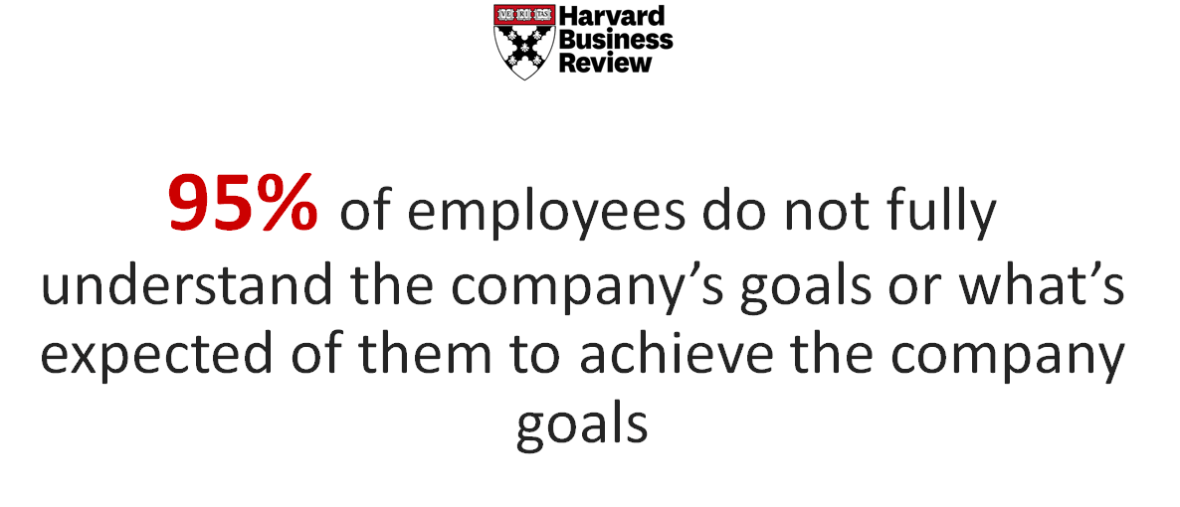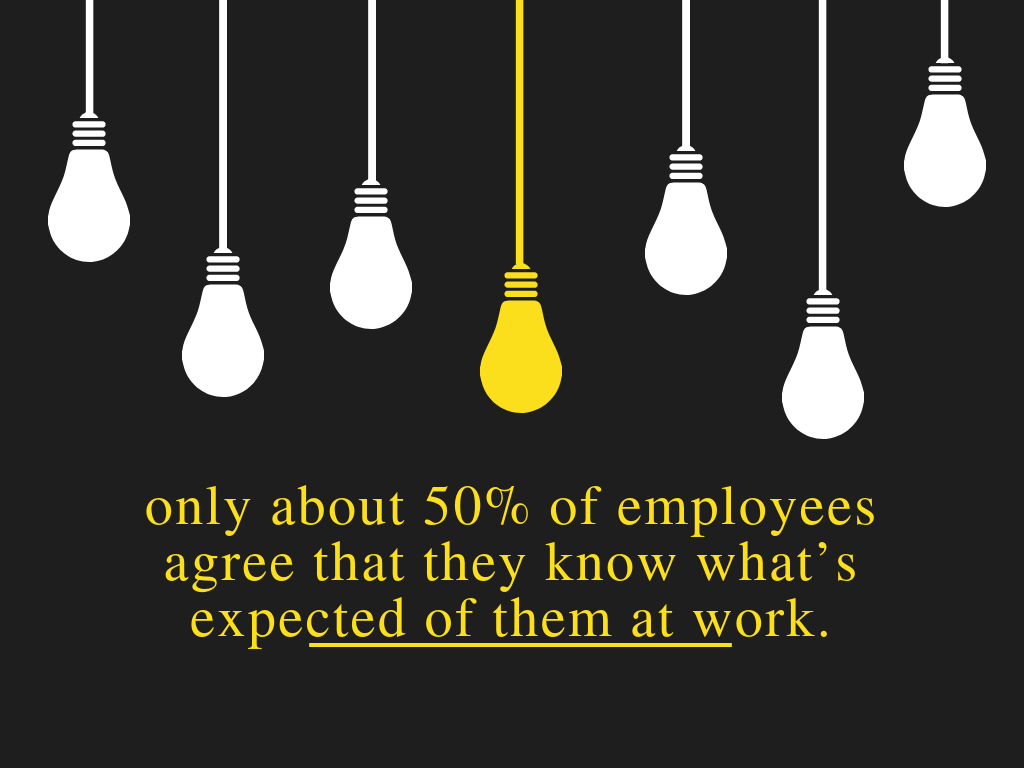There are two principal types of teams. The first one is the low performing team from hell. A team where there’s constant conflict and disagreement between employees, a team where everyone’s afraid to speak up or share their feelings. Work here is painful, hard and exhausting, and vacations are greeted with open arms.
The second team is the high performing team from heaven. A team that bursts with energy, and a team that motivates employees to accomplish their goals. Work here is fun and engaging, and every new day means a new adventure with the coworkers.
These high functioning teams are not easy to build. As more and more people work remotely today, there’s a need for effective strategies and techniques that will encourage team effectiveness and team cohesion. For those who’ll manage to create a successful team, the benefits will be multiple, including increased innovation, a competitive advantage, loyalty from customers, and an increase in profit.
Building high performing teams requires:
Purpose + Trust + Communication + Indicators of Success + Clear Responsibilities = Successful Remote Team
Here are a few things every leader must keep in mind if they’re looking to create a high-performance culture in their team.
Inspire Your Employees By Connecting Them With Their Purpose
How will you recognize an employee that finds purpose at work? They wake up every morning eager to start their workday. There’s a big smile on their face and deep enthusiasm in their heart, resulting from their belief in the greater good of the work they do.
Companies of all sizes have understood the power of a high-performance team model that involves purpose at work. If every employee has a job that matters to them, a job that brings a positive impact in the world, then that employee is a powerful asset.
Do you need proof? According to this 2016 report by LinkedIn, in the past three years, 58% of companies with a clearly articulated and understood purpose experienced growth of +10%. What’s more, 39% of purpose-oriented professionals are likely to stay at their company for 3+ years. Although purpose is not the only component of building high performing teams, it’s most certainly one of the most significant.
Adevans know that purpose doesn’t discriminate. It fuels people forward, regardless of their religion, culture, language, and occupation. Our company invests a vast amount of time and resources to grow the tech community, engage and educate developers about open source and IT in general while building a nurturing environment for their development.
We’re also the most inclusive tech company that strives to bridge the gender gap in the tech sector. We inspire and educate tech women worldwide, offer them our utmost support, and fight to create a culture that promotes successful women.

Gain Trust by Showing Emotional Intelligence
A good leader must recognize the behaviors that can disengage and alienate their employees. If they want to know how to build a high performing team, they must learn to avoid the following destructive behaviors that guarantee mistrust:
- False promises can violate the trust of employees.
- One-way communication is outdated, according to the high-performance team model. Employees seek valuable feedback and want their voices to be heard.
- Ego-driven leadership is a big turnoff for employees. Leaders must develop self-awareness and leave their ego at the door.
- On high performing teams, there’s no room for anger. It can lead to feelings of fear, disrespect, and disengagement for those on the receiving end.
- Lack of appreciation can be fatal for your team. A good leader must establish trust through gratitude and appreciation.
Employees want to see a leader who shows respect for all the work they’re doing, someone who praises their accomplishments and shows up with an open mind. Employees love this type of leaders and feel more comfortable following instructions, making recommended changes, and staying 100% engaged in their job.

Communicate the Strategy Clearly
It’s the reason why leaders hold onboarding meetings and CEOs write company-wide emails. They want to make sure employees understand the strategy of the company. The most brilliant business strategy doesn't get you anywhere unless employees in your high-performance organization understand what the strategy means and know-how to do their jobs to support it. When employees understand and align with the long-term goals, there are higher chances of their staying on board and making bigger contributions.
Harvard Business Review studied the persistent gap between ambition and performance and came to an alarming discovery. More than 95% of a company’s employees are unaware or don’t understand the strategy. Gallup supported this reality showing that only 41% understand the overall company direction.
This disconnect and lack of direction will surely lead to unmotivated employees, disengaged from their work. Building high performing teams requires finding different ways to inform your employees about the company’s strategy.
Leaders can:
- Present the company’s strategy in many different ways. You can use a combination of video, audio, visual, and written strategy communication so everyone can learn about the plan in a way that is best for them.
- Every time an employee accomplishes goals that align with the strategy, strive to acknowledge their achievement. It can be a public thank you or a small gift card.
- Use storytelling to share the company’s strategy with employees. No one remembers facts and figures, but everyone remembers a good story.

Develop Indicators of Team Success
How will you know if you’re on the road to success? The whole team might be giving their best effort, but effort doesn’t guarantee success. One of the keys to building high performing teams is defining several indicators that will show whether your company has met its objectives.
When managing remote teams, it’s essential that companies understand how remote work is affecting overall team performance. This asks for a clear understanding of the existing challenges in order for an effective solution to be identified and validated.
- The first indicator of high functioning teams is the degree of connectedness between all members. When you have a well-connected team, you’ll see high levels of self-development, as well as high retention rates.
- The second indicator of high performing teams is the contribution that the team is making. You should measure the quality of the output of the team and see how much of the work is valuable, and how much ends up in the rework bucket. When you have a high contributing team, you’ll see a high diversity of ideas, more innovative ideas, and overall a more satisfied customer base.
- The third indicator of high performing teams is how quickly the team is able to deliver on their objectives. When you have a fast delivery team, you’ll see project deadlines met on time, improved cycle times, and fast set-up for new projects.
- The fourth indicator of high functioning teams is how productive the team is performing. When you have a productive team, you’ll see rapid decision-making, high % of time spent on doing work, and high levels of output.

Let Every Employee Know What They are Responsible For
The Apollo 11 mission is famous for putting the first men on the Moon. Neil Armstrong had the role of Commander, Michael Collins was Command Module Pilot and Buzz Aldrin was Lunar Module Pilot. There was also a backup crew, capsule communicators, and flight directors. Each member had its own responsibilities that were vital for the success of the mission. Without clarity for the main tasks and responsibilities, the mission would have resulted in a failure.
Organizations are no different. They consist of teams that are made up of a different number of employees, each tasked with certain responsibilities. For a team to be successful, each member must have a clear direction from their managers on what is expected of them, how much and when.
However, according to Gallup’s report, only about 50% of employees agree that they know what’s expected of them at work. Getting expectations right is important because it relates to better service quality, higher levels of productivity, and lower retention rates.
Building high performing teams requires:
- Setting clear and meaningful job responsibilities. A simple job description is not enough to help the employee understand what’s their role at the company. The leader must discuss the specific responsibilities with each employee, 1-on 1.
- Being aware of the strengths of the employee. This is essential when assigning specific projects and responsibilities to employees.
- Aiming for the collaborative goal-setting process. The leader should give their team members ownership in setting goals and responsibilities. This might result in a higher commitment to the goals and increased levels of creativity.
- Having ongoing conversations. High performing employees want feedback in order to excel and make progress.

Conclusion
Many leaders have underestimated the complexity of building high performing teams. In many instances, these complexities have led to quality issues, schedule delays, and inefficiencies. The road to team effectiveness and team cohesion is paved with hard work, but the benefits are multiple. They can include competitive advantage, increased market share, more diversity in the workforce, and happier and more engaged employees.
The secret to building high performing teams is:
- Bringing the purpose close to your employees to inspire them.
- Gaining trust by showing emotional intelligence.
- Communicating the strategy.
- Developing indicators of team success.
- Letting every employee know what they are responsible for.


